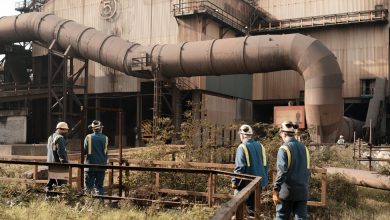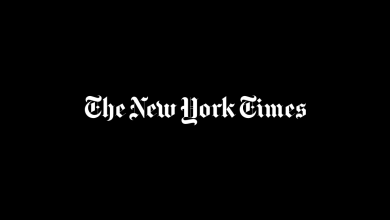He Quietly Turned Bank of America Around. Can He Do More?

When Brian T. Moynihan arrived at Davos in the middle of a Swiss snowstorm in January 2010, just weeks after taking on the top job at Bank of America, he didn’t expect to be hit by a blizzard indoors.
But the blast of questions began almost immediately after he sat down to dinner with about 40 business leaders and government officials, including the head of the European Central Bank and France’s finance minister. Many of the guests blamed Wall Street for plunging the world into a financial crisis two years earlier. They wanted explanations.
“It was a pile-on,” said Anne Finucane, a former Bank of America executive who accompanied Mr. Moynihan.
The rookie chief executive, she said, answered the questions in the manner that has since become his trademark: plainly, without fanfare or commentary. Even when he realized that he was the only Wall Street bank boss in attendance, Mr. Moynihan didn’t deflect the criticism. “He just took it,” Ms. Finucane recalled.
Mr. Moynihan’s low-key persona has served him well in the 12 years that he has run Bank of America — a period when Wall Street firms were often vilified for the unfettered greed and excess that led to the 2008 crisis. Despite some initial missteps, he has steered the nation’s second-largest bank from the brink of collapse to record profits.
And unlike many of his counterparts, who are often in the headlines for their views or moves, Mr. Moynihan has pulled it off largely by operating below the radar.
“I just try to get stuff done,” he said in an interview.
The antithesis of the smooth-talking banker, Mr. Moynihan speaks quietly, and mumbles sometimes. A former rugby player who enjoys the novels of John Grisham, he calls employees “teammates.”
At 62, he has no plans to retire.
He took over a bank that taxpayers had bailed out for $45 billion after its ill-fated purchases of Merrill Lynch, the investment-banking giant, and Countrywide, once the nation’s largest mortgage lender. The bank was burdened with tens of billions of dollars in losses tied to Merrill’s bets on subprime mortgages that soured when the housing bubble burst in 2008. Its Main Street business had also faltered during the crash as borrowers struggled to pay back their loans.
It wasn’t clear that Bank of America would survive. And it was even less clear that Mr. Moynihan, a little-known insider who had joined the bank through its acquisition of Fleet in 2004, could turn things around.
For the first few years, public outrage was palpable.
In 2012, protesters interrupted Mr. Moynihan as he spoke at a conference, chanting, “Bust up Bank of America before it busts up America.” That same year, shareholders blasted him at the bank’s annual meeting for its foreclosure practices. Lawmakers grilled him about banker pay.
Even as the bank tried to fix the mortgage debacle — which Mr. Moynihan likened to carrying a 250-pound backpack — there were fresh missteps.
In 2011, backlash to a plan to charge customers a $5 fee to use their debit cards forced the bank to scrap it. Three years later, the bank overstated its capital by $4 billion, an





